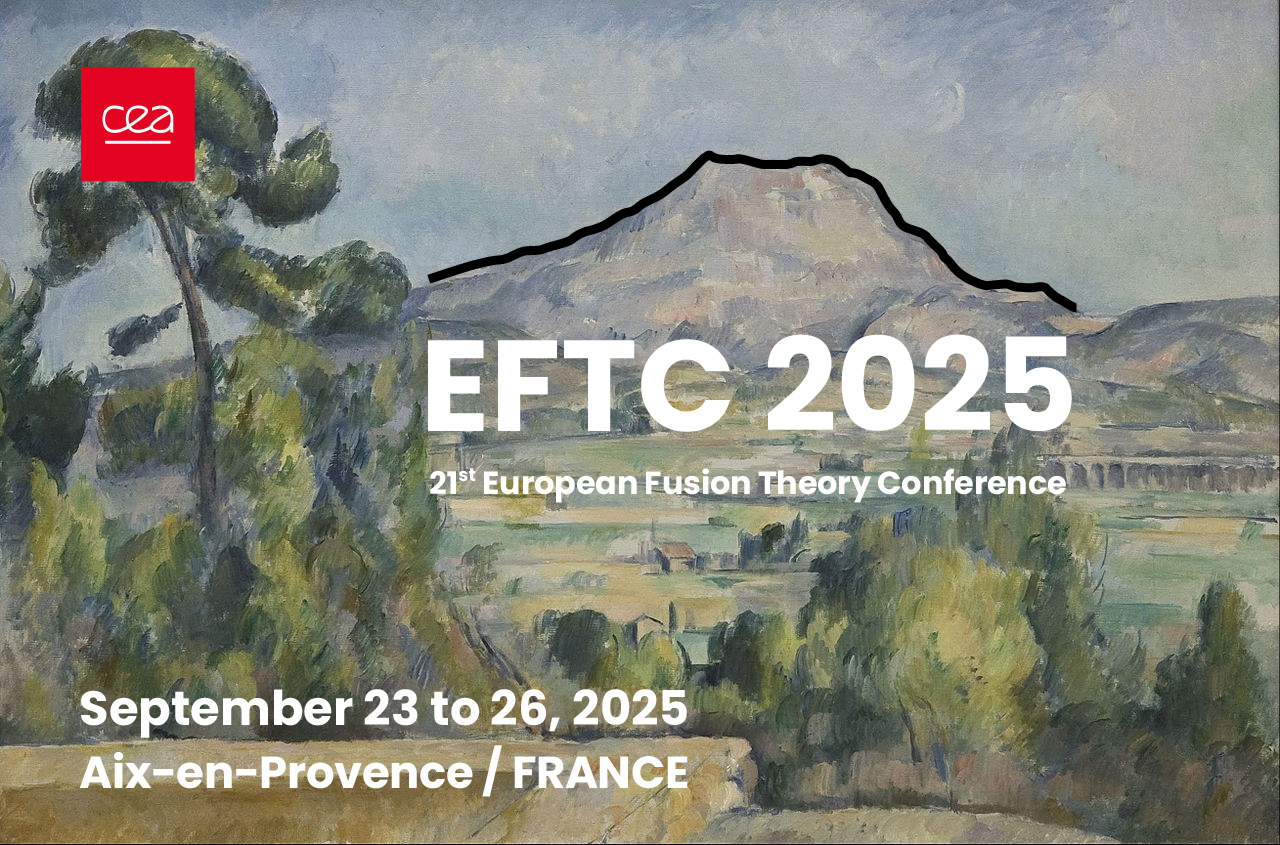Speaker
Description
Energetic-particle transport is significantly crucial in magnetic confined fusion. Many factors can enhance the level of energetic-particle transport and even loss, such as synergy of AE and MHD. Thus, control of energetic-particle transport is also imperative. Phase space engineering is a method to analyze, design and optimize complex systems by using phase space theory, which is widely used in many research fields. In magnetic confinement fusion, the gradient of the phase space of energetic particles, that is, the gradient of the distribution function in the three-dimensional phase space composed of the toroidal regular angular momentum, energy and particle ejection angle, is an important free energy driving source for the excitation of energetic particle-related instability, which provides a certain possibility and operability for the phase space regulation of energetic particle-related instability. In this work, we mainly study the phase space modulation of energetic particle-related instability such as Alfven eigenmode and energetic particle mode in the plasma heated by neutral beam injection on HL-2A and HL-3. There are many other factors affecting the instability of energetic particle drive, such as safety factor profile, magnetic shear, minimum safety factor, etc. This work mainly focuses on the phase space distribution function of energetic particles to regulate them, and realizes the regulation of this instability by designing different distribution functions of energetic particles.
There are many experimental phenomena of the interaction between the Alfven eigenmodes and high-energy particle modes on HL-2A and HL-3. These instabilities are located on different rational planes, and there may be a variety of synergies of instabilities, which will greatly improve the transport, redistribution and loss levels of fast particles, and directly affect key physical issues such as the self-heating efficiency of alpha particles in future reactor-graded plasmas. Based on this, the nonlinear MHD dynamic global hybrid simulation program is used to conduct large-scale numerical simulation. On the basis of roughly repeating the above experimental phenomena, the above experimental phenomena are regulated by regulating the distribution function of energetic particles. This work can be used for reference to understand the loss and transport control of energetic particles caused by energetic particle driven instability in future fusion reactors.

